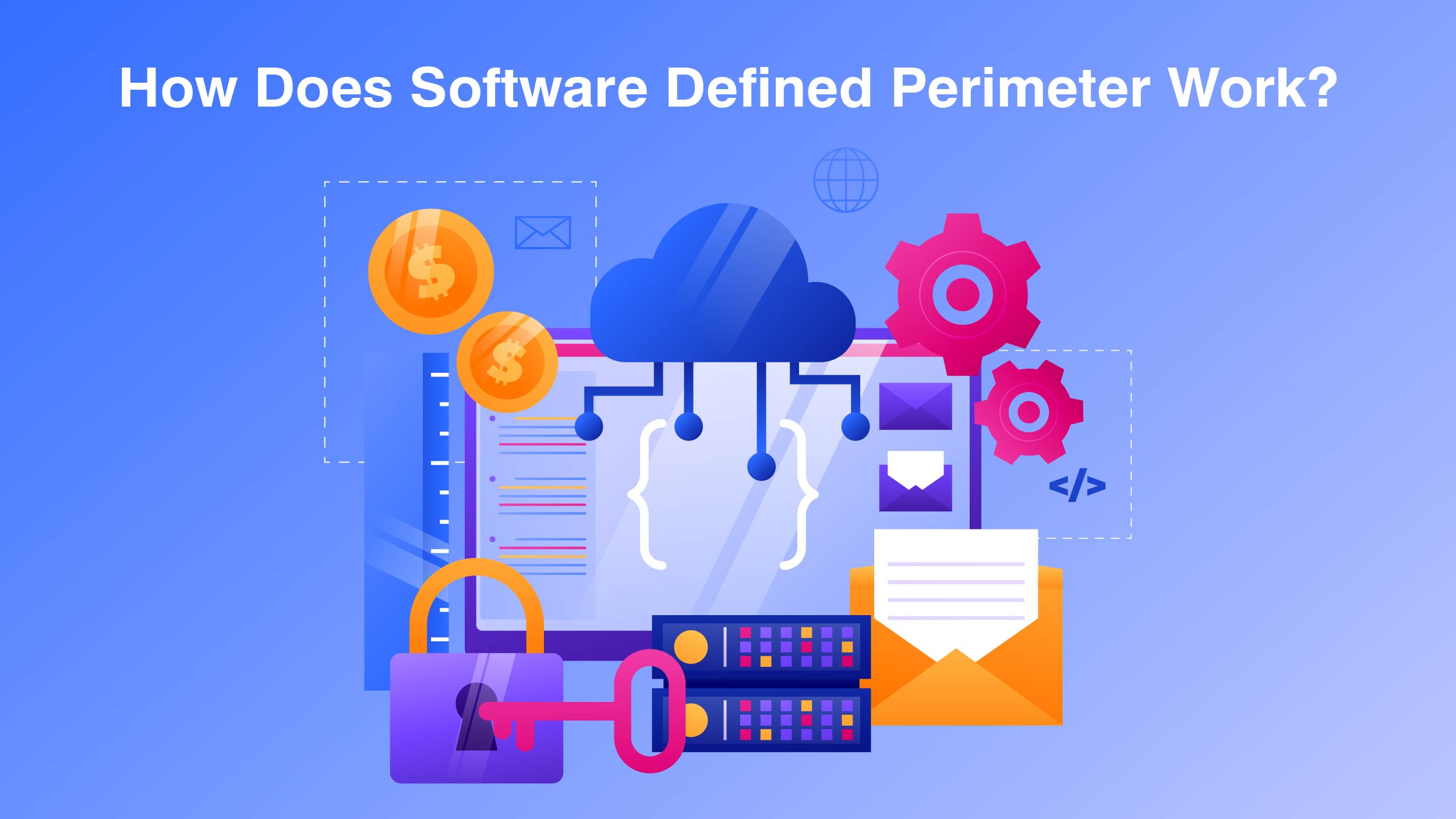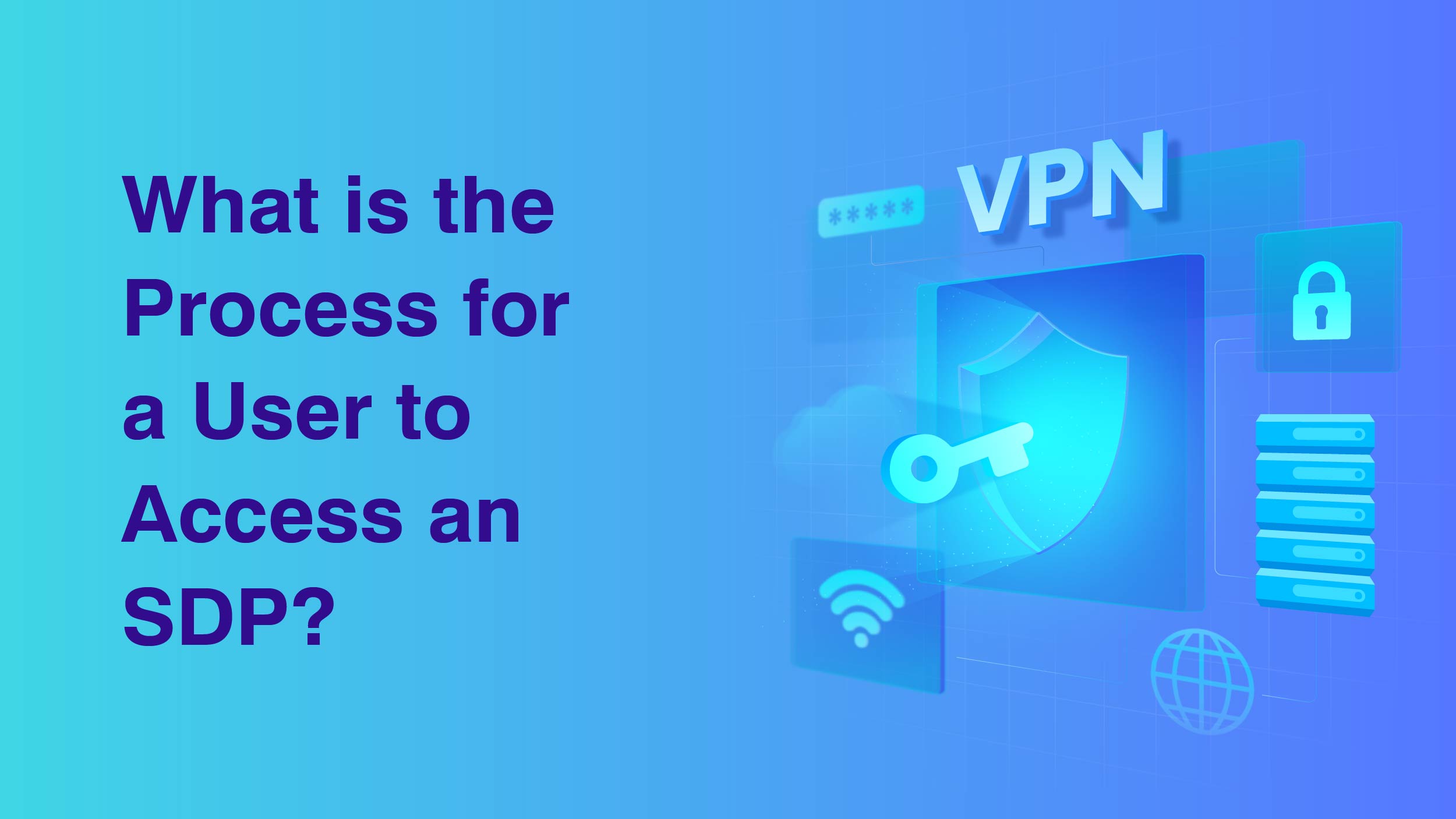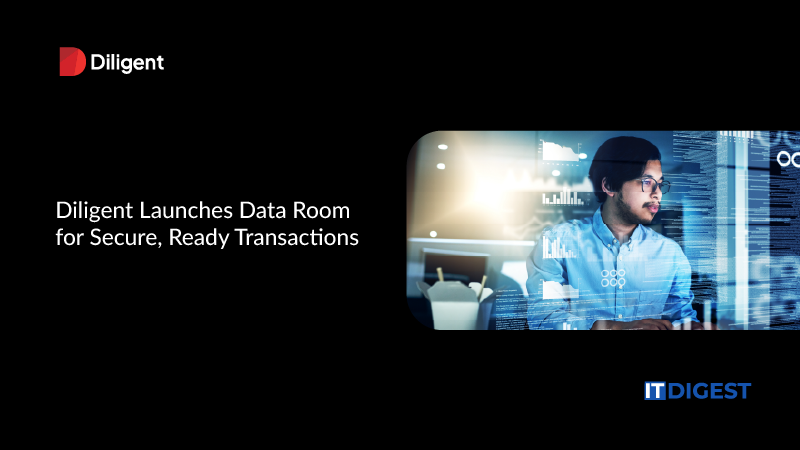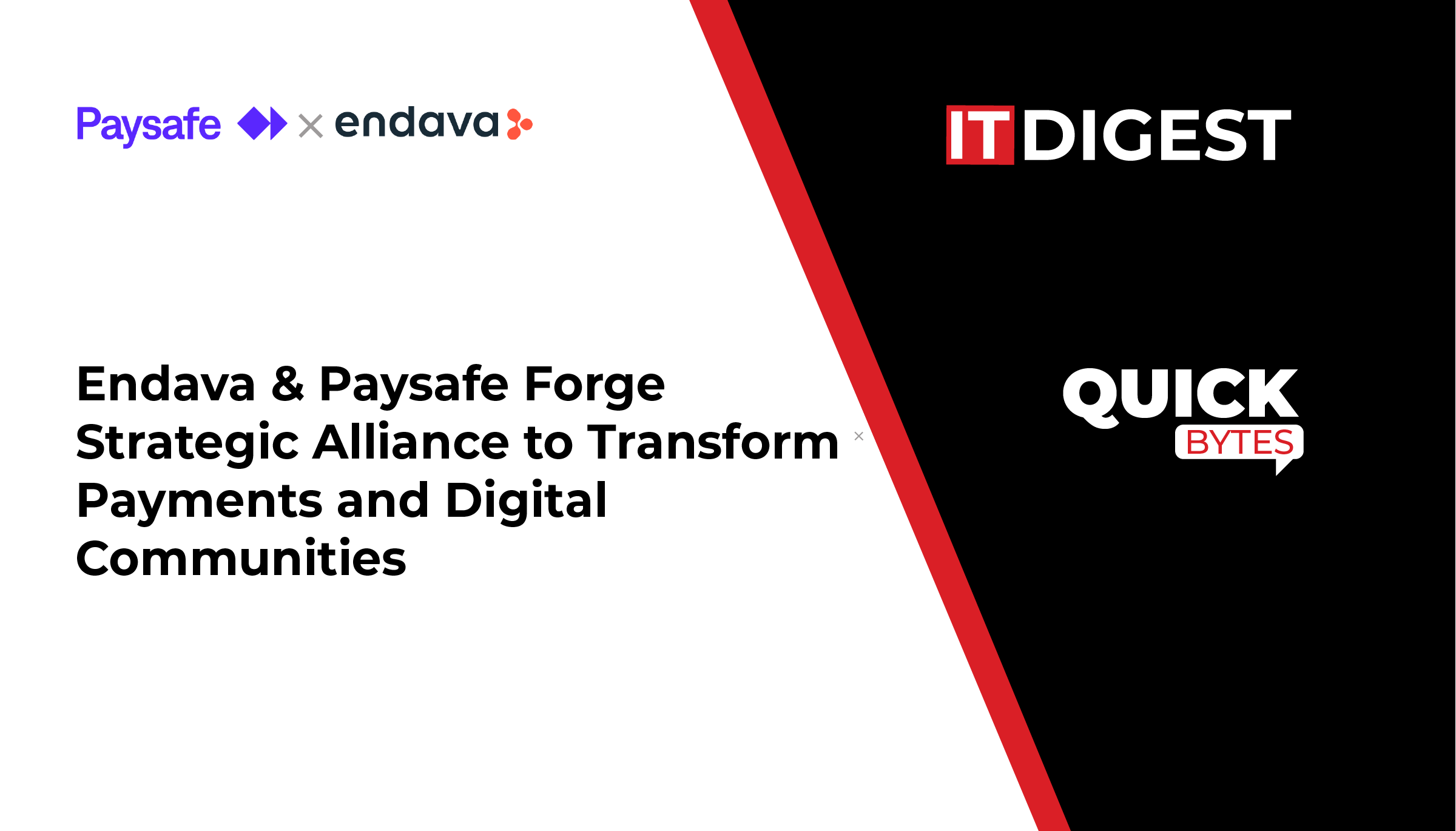Software-defined perimeter (SDP) is like a smart security system for today’s complex cloud-based networks. It lets you control who can access what, ensuring only authorized users get in securely. It’s basically about the “need to know” approach. This is exactly what we will be looking into in this blog. Let’s go!
What is a Software Defined Perimeter (SDP)?
A software-defined perimeter (SDP) is a security approach that aims to conceal internet-connected infrastructure, such as servers and routers, from external parties and attackers. Whether it’s hosted on-premise or in the cloud, an SDP enables companies to establish a network perimeter based on software rather than hardware. By deploying an SDP, organizations effectively cloak their servers and infrastructure from outside visibility while still allowing authorized users to access them. Unlike access-based controls that primarily restrict user privileges but provide wide network access, an SDP establishes a virtual boundary around company assets at the network layer rather than the application layer. Additionally, an SDP authenticates both device and user identity, a feature that sets it apart from other control mechanisms. The Cloud Security Alliance was the first to introduce the concept of SDPs.
VPNs and SDPs offer secure access to networks, but they approach it differently. VPNs connect devices to networks, while SDPs focus on secure connections between authorized users and resources based on identity and device posture. In today’s evolving threat landscape, SDPs provide a more flexible and secure access control solution with granular control over network access.
How Does Software Defined Perimeter Work?
 To ensure secure connections, an SDP restricts server access to authorized users. This is achieved by first verifying the user’s identity and then assessing the device’s current state.
To ensure secure connections, an SDP restricts server access to authorized users. This is achieved by first verifying the user’s identity and then assessing the device’s current state.
After successfully authenticating both the user and the device, the software-defined perimeter establishes a dedicated network connection between the device and the server it wants to reach. Instead of just being logged into a larger network, an authenticated user is granted their own exclusive network connection that remains inaccessible to others. This customized connection only includes services that have been specifically approved by the user for access.
Picture a web server that is connected to the internet but remains inactive. It doesn’t establish connections, receive requests, or send responses. It lacks open ports and network access, similar to a toaster or lamp that’s plugged into a wall outlet but switched off so there’s no electricity flow. This represents the default condition for servers within a software-defined perimeter. To better understand SDPs, imagine a locked front door. No one can enter or ever peek inside until the person inside confirms the visitor’s identity and purpose. Only then is the visitor granted access, after which the door is promptly locked again.
VPNs and SDPs both serve the purpose of providing secure access to networks, but they have different approaches. VPNs are network-centric, focusing on connecting devices to networks. In contrast, software-defined perimeters prioritize secure connections between authorized users and resources based on identity and device posture. SDPs offer a more detailed and adaptable approach to access control, which enhances security and flexibility in today’s ever-changing threat landscape.
Also Read: A Beginner’s Guide to Hybrid Cloud in 2023
What is VPN and SDP?
Both a virtual private network (VPN) and a software-defined perimeter (SDP) offer secure access to networks and safeguard sensitive data. Let’s look into each solution in more detail:
A virtual private network (VPN) is a technology that enables users to securely connect to a private network over the Internet. By encrypting data, VPNs ensure privacy and security while accessing company resources or browsing the internet remotely. They are commonly used for remote work, accessing company resources, and maintaining online privacy.
Software-defined perimeter is a security framework that prioritizes the creation of secure connections between authorized users and resources, rather than relying solely on traditional network-based security measures. SDP conceals internet-connected infrastructure and grants secure access to authorized users based on their identity and device posture. This approach safeguards the network against unauthorized access and reduces vulnerability by allowing access only to specific resources on an as-needed basis.
VPNs and SDPs both provide secure network access through different approaches. VPNs work on connecting devices to networks, while SDPs prioritize secure connections between authorized users and resources based on identity and device posture. SDPs offer a more detailed and adaptable approach to access control, delivering improved security and flexibility in the face of evolving threats.
What is the Process for a User to Access an SDP?
 To gain access through an SDP, users follow these steps: First, their identity is verified through a third-party provider or single sign-on (SSO), often using multi-factor authentication. Second, the user’s device is verified for software updates and security. Third, the software-defined perimeter controller approves user and device access. Fourth, a secure network connection is established through the SDP gateway. Finally, users can access network resources securely within their isolated encrypted network.
To gain access through an SDP, users follow these steps: First, their identity is verified through a third-party provider or single sign-on (SSO), often using multi-factor authentication. Second, the user’s device is verified for software updates and security. Third, the software-defined perimeter controller approves user and device access. Fourth, a secure network connection is established through the SDP gateway. Finally, users can access network resources securely within their isolated encrypted network.
In a Nutshell
If you want to enhance your network security and safeguard your organization against emerging threats, consider implementing a software-defined perimeter. It is a cutting-edge approach that offers numerous advantages over traditional security methods. It provides enhanced security measures, increased flexibility, and simplified management. By embracing SDP, you can modernize your network security infrastructure for optimal protection.

































